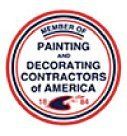Do You Need to Prime Walls Before Painting?

Interior painting is a multi-step process, especially when painting over already-painted walls. Part of the painting process is adding a coat of primer to the wall before painting. But, do you really need to prime the walls before painting?
The truth is, while it's not always a must, priming can significantly enhance the longevity of your paint job. Knowing when to use primer can be the difference between a vibrant, lasting finish and a lackluster outcome.
As professional
Grand Rapids painters, we're offering our expert advice about when to grab that primer can and when you can skip it altogether. Whether you're covering up stains, transitioning between colors, or dealing with tricky surfaces, we've got the professional insights you need.
What is Primer?
Primer is a base coat for your walls, helping the paint stick better and look smoother. It helps cover up flaws on the surface and gives you a nice, even finish. Primer contains an adhesive binder that helps the paint better adhere to the wall to prevent it from cracking, peeling, or bubbling.
Primer also blocks stains and stops uneven absorption on surfaces that soak up a lot of paint. While it might seem like an extra step, using a primer is essential to achieving a smooth and long-lasting finish.
When Should You Prime Walls Before Painting?
There are certain situations where you should definitely prime your walls before painting to ensure a long-lasting paint job with even coverage.
Painting a Porous Surface
Painting directly over surfaces like drywall or untreated wood without a primer can make the paint job uneven and less durable. These materials soak up paint fast, which might mean you need extra coats to get the right look.
Using primer creates a barrier that stops the surface from absorbing too much paint. This helps the paint go on smoothly and adhere better, making sure your paint job lasts. To get the best results, use a primer that's made for the material you're painting.
Make a Drastic Color
Using primer when changing from a dark color to a light one creates a neutral surface. This stops the strong colors from showing through, so your chosen shade looks exactly as you want.
Primer also helps the paint stick better and last longer, keeping the new color bright for years. If you’re making a major drastic color change, sometimes a tinted primer can also help bolden your new paint color.
Covering Stains or Odor
If you're dealing with unsightly stains or persistent odors on your walls, using a primer is a wise choice. Primers are specially designed to tackle tough stains and effectively seal in odors. This is particularly beneficial if someone has smoked inside the house or if there are lingering pet or cooking smells.
A good primer acts as a barrier, ensuring that these stains and odors do not seep through and affect the new layer of paint.
Expert Tip: If you have
mold on your walls, do not paint over it. This will only cause it to grow more underneath the paint. Instead, get rid of the mold before priming and painting.
Painting Repaired Drywall
Using a primer on repaired drywall is crucial for achieving a smooth, seamless finish. When the drywall is patched or repaired, the surface often contains varying textures and porosity levels that can cause the final coat of paint to appear uneven.
Applying a coat of primer helps to seal these inconsistencies, creating a uniform surface that allows for better adhesion and consistent color in the final paint layer. This step is especially important to avoid color mismatches and ensure the durability of your paint job.
Painting Over Oil or Glossy Paint
When you're working with walls that have an oil-based paint or glossy finish, priming is important. These shiny surfaces can make it hard for paint to stick, which might cause peeling or chipping.
A bonding primer helps the new paint stick better by creating a solid base. This type of primer grabs onto the gloss and makes it easier for the new paint to go on.
Lightly sanding the walls can also help smooth out bumps, preparing your walls for a perfect finish.
Painting New Walls
Priming new walls is important for good paint adhesion and appearance. Drywall, which is often used for new walls, soaks up paint unevenly and can look patchy without primer. Using primer also cuts down on the paint you'll need, saving you both time and money.
When Shouldn’t You Prime Walls Before Painting?
There are some cases where you can skip priming your walls before painting them.
Using a Primer-Paint Combo Product
Choosing a primer-paint combo product can make your painting job easier. Brands like Behr, Sherwin-Williams, and Benjamin Moore offer paints that include primer. This means you have less work to do since it removes the need for a separate primer step.
However, keep in mind that while these are convenient, they may not work as well on difficult surfaces or when changing from a dark to a light color. Always check the label first.
Painting Over a Similar Color
If your new paint color is similar to the old one, you might not need primer. This saves time and materials because there’s no risk of color bleed-through. This is especially true with high-quality paint that covers well. Just make sure your wall is clean and in good shape before you begin.
How Many Coats of Primer Should You Use?
To get the best results, it's often a good idea to apply two coats of primer, especially when changing between very different colors or working with porous surfaces. Make sure each coat is completely dry before starting the next one.
Keep in mind, patience is key—a well-prepared surface can make your painted walls look much better.
Does Primer Have to Be Perfect?
When you're applying primer, it's not about being perfect, but you should aim for an even and smooth coat. This helps the paint stick better, giving your walls a nice finish.
Don't worry about small streaks or brush strokes in the primer. Instead, make sure the primer is applied evenly. This will help make your paint job look great in the end.
What Wall Primer Should You Use?
Choosing the right wall primer for interior painting is essential for a durable and beautiful finish.
Opt for a high-quality drywall primer, especially for fresh drywall.
If you're painting over a glossy or oil-based surface, a bonding primer can improve paint adhesion.
Remember, selecting the appropriate primer based on your wall’s material and condition makes all the difference in achieving that professional look.
You’ll also want to choose a primer with the same base as your paint. For example, water-based paint requires a water-based primer, while oil-based paint requires an oil-based primer.
Get Pristine Interior Painting from the Professionals at VanDerKolk Painting
If you're looking to refresh your home with confidence, hiring professionals like VanDerKolk Painting is the way to go. Our skilled West Michigan team ensures your walls look flawless every time. From tricky surfaces to just the right color, we deliver top-notch quality. We service a large portion of West Michigan, including Kent, Muskegon, Allegan, Ottawa, Barry, and Ionia counties.
Don't risk your home's appearance with a DIY job; let the experts handle your painting.
Request a free estimate or call us to discuss your ideas and get the stunning interior you deserve.
Request A Free Quote
We will get back to you as soon as possible.
Please try again later.
Our Services
Residential Services
Commercial & Industrial Services

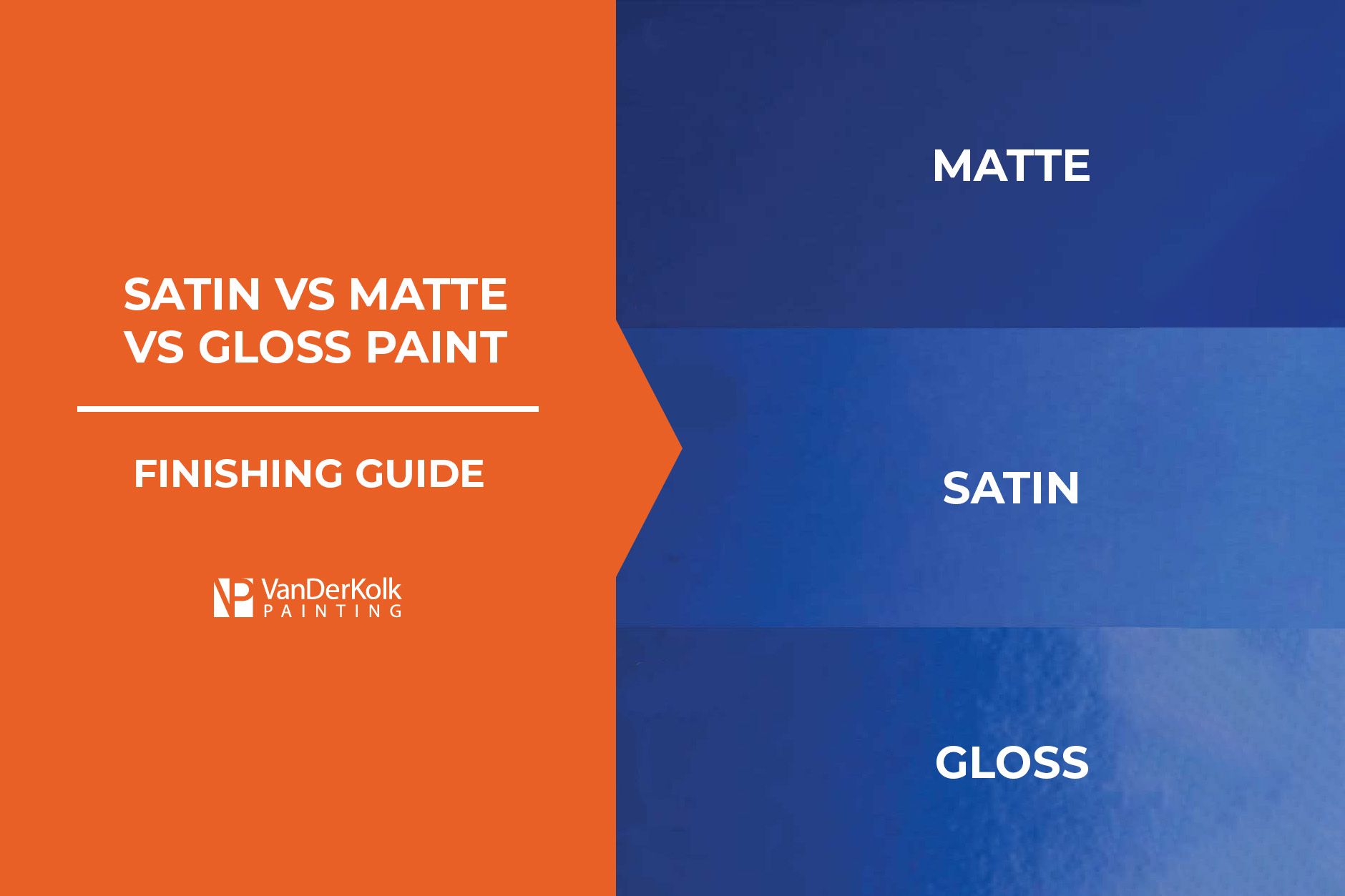
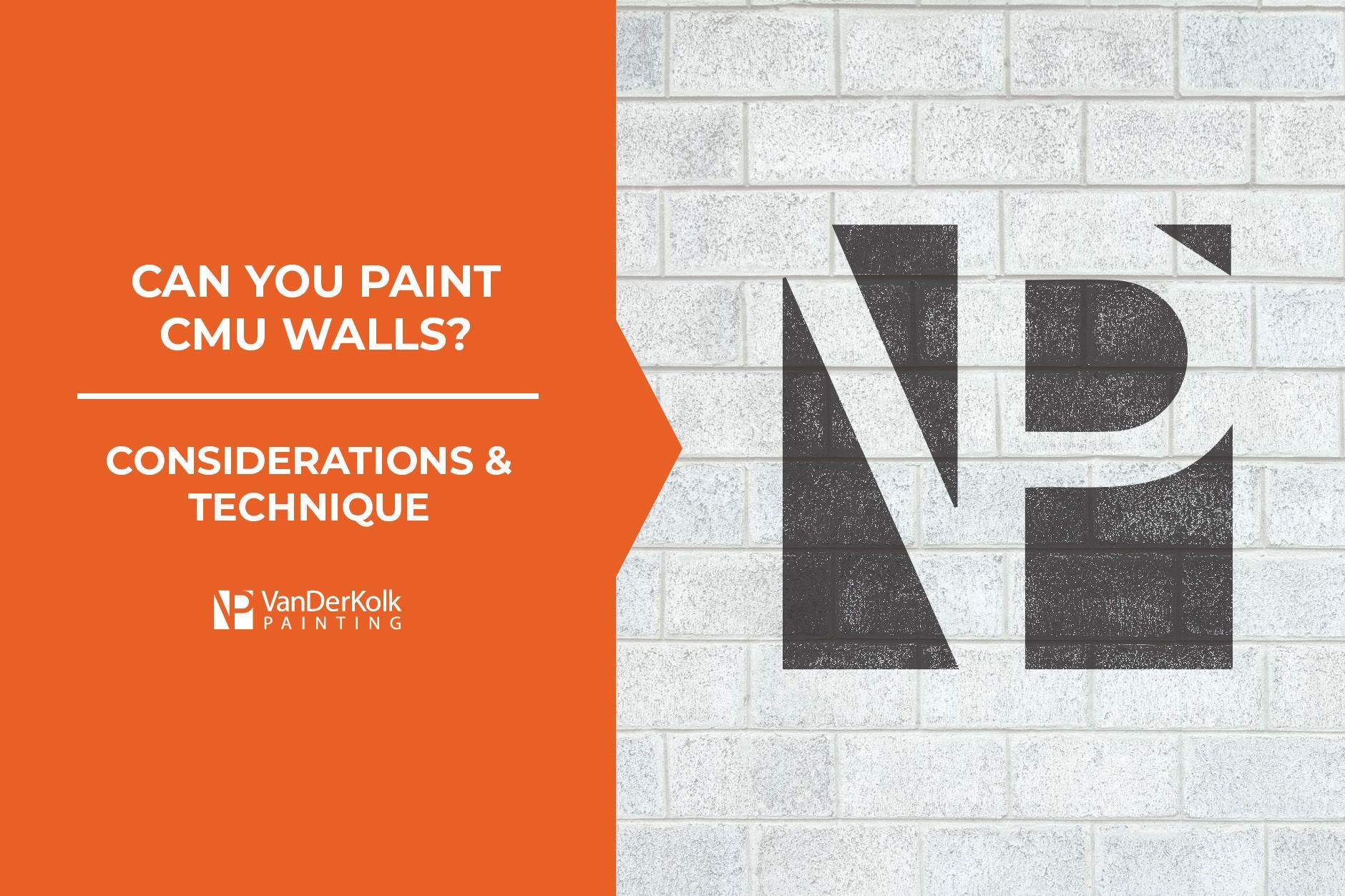

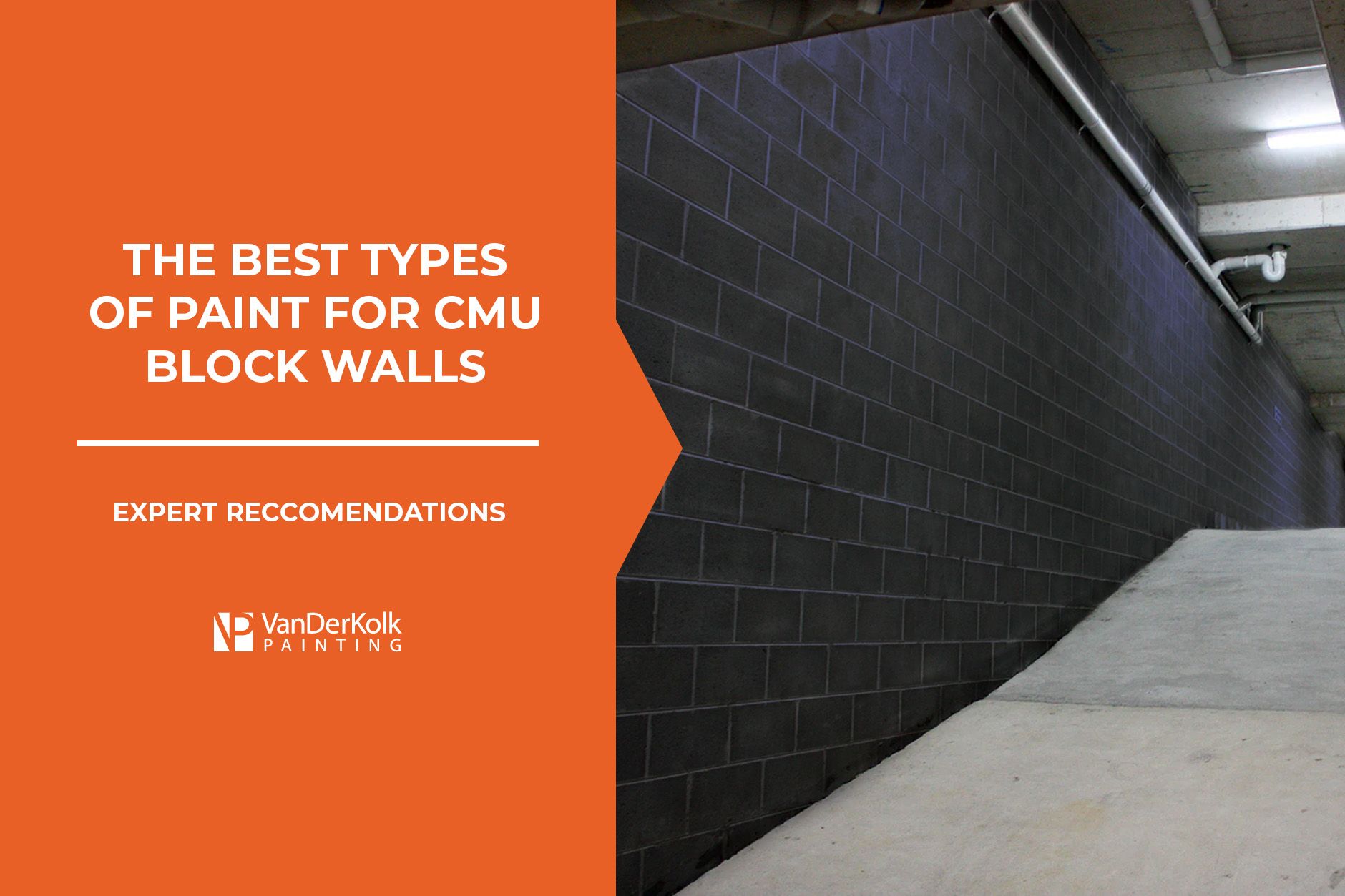

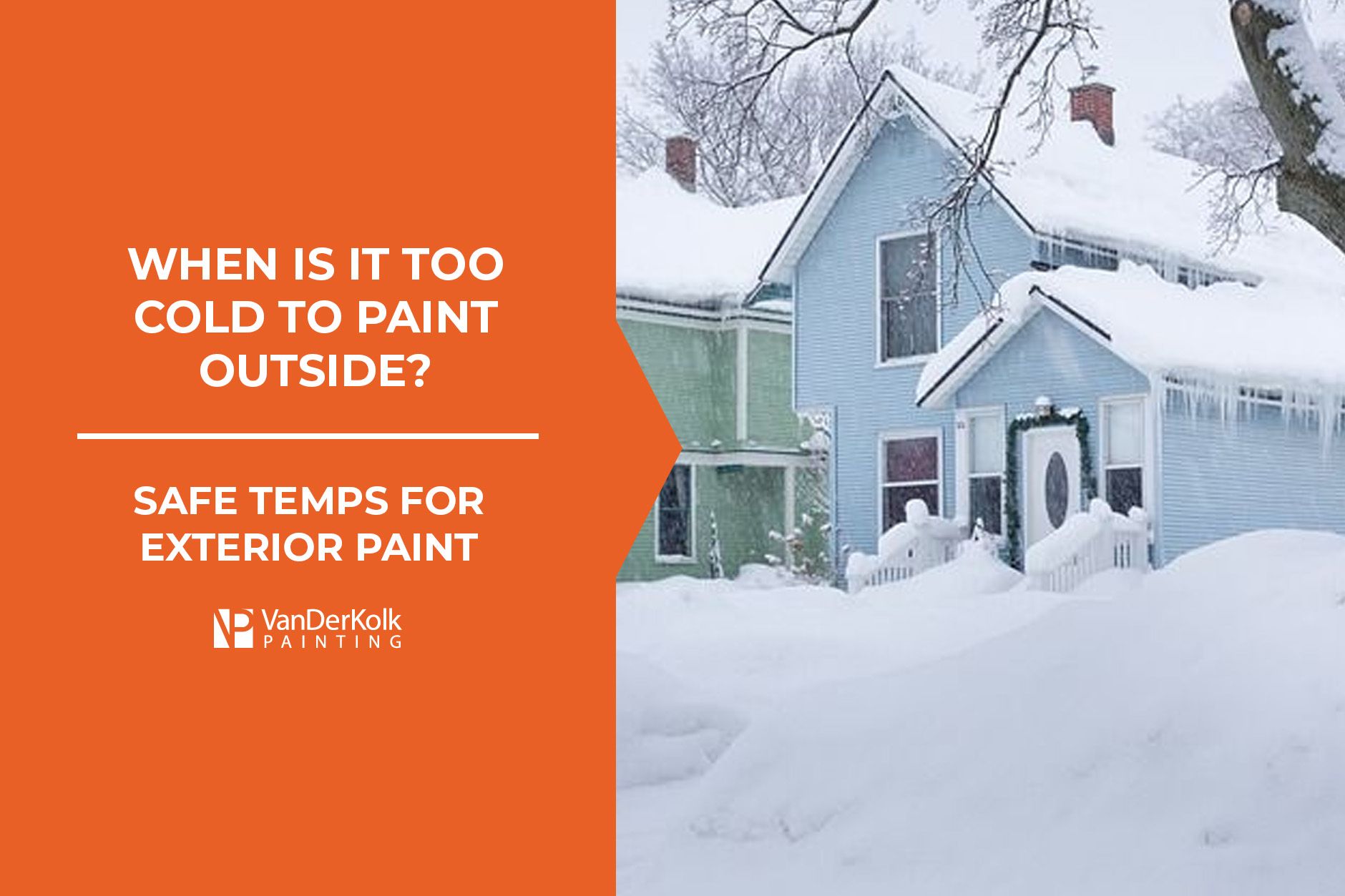
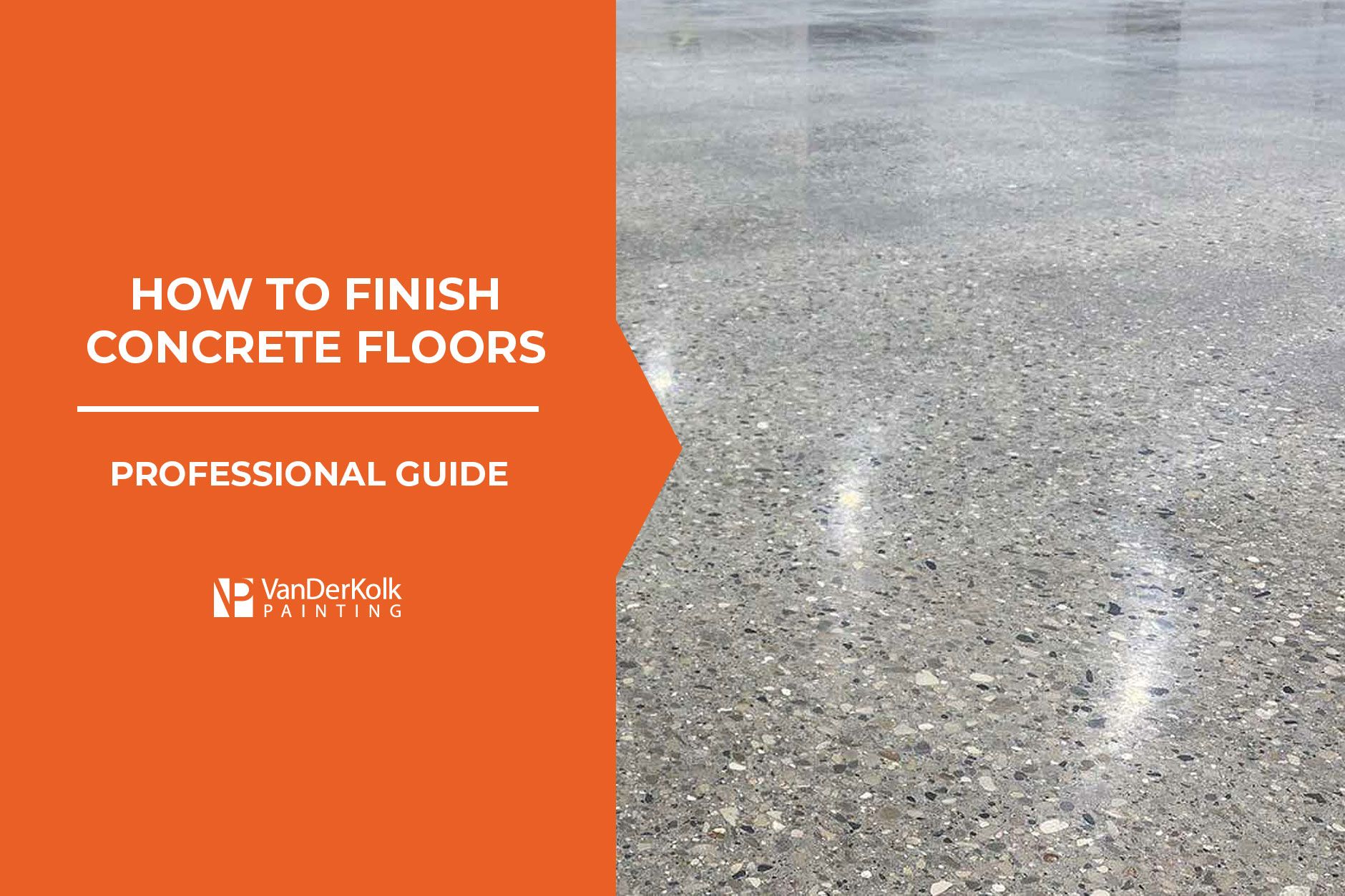
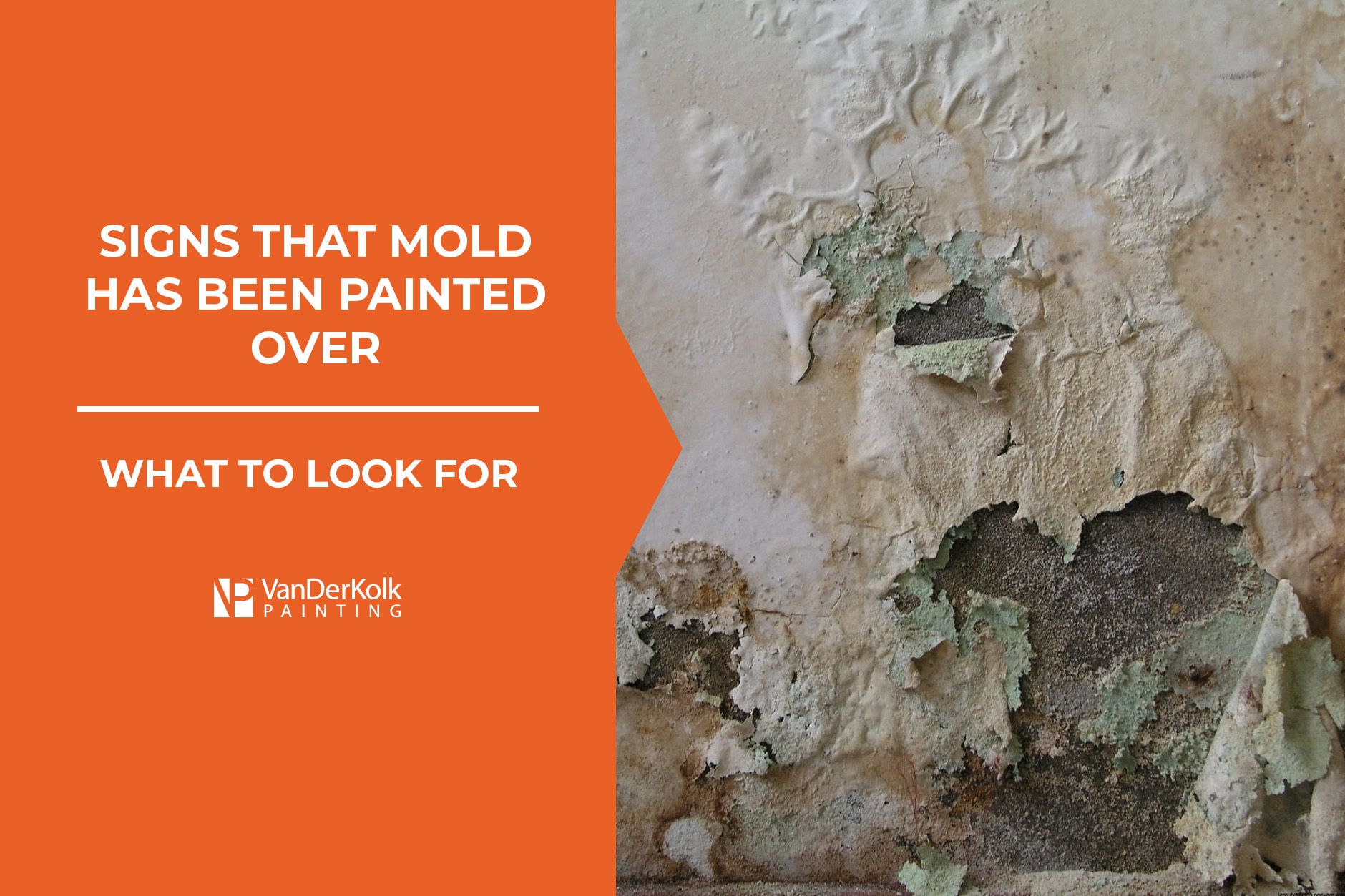

 Rating
Rating
Request Your Free Quote
We provide quotes at absolutely no cost. Requesting a quote gives you an opportunity to meet with one of our team members, better understand our process, and explain the details of your project. You can request a free quote by filling out the form, or by calling us at 616-202-6570.
Footer Form
Thank you for contacting us.
We will get back to you as soon as possible.
Please try again later.
VanDerKolk Painting - Grand Rapids Painting Company
225 Graham Street SW | Grand Rapids, Michigan 49503
VanDerKolk Painting | All Rights Reserved



